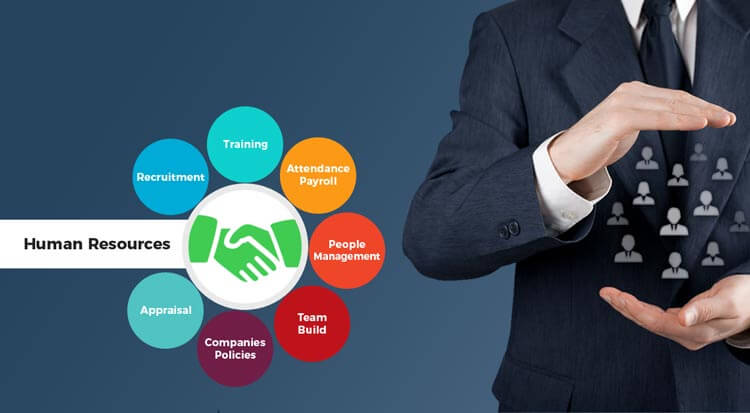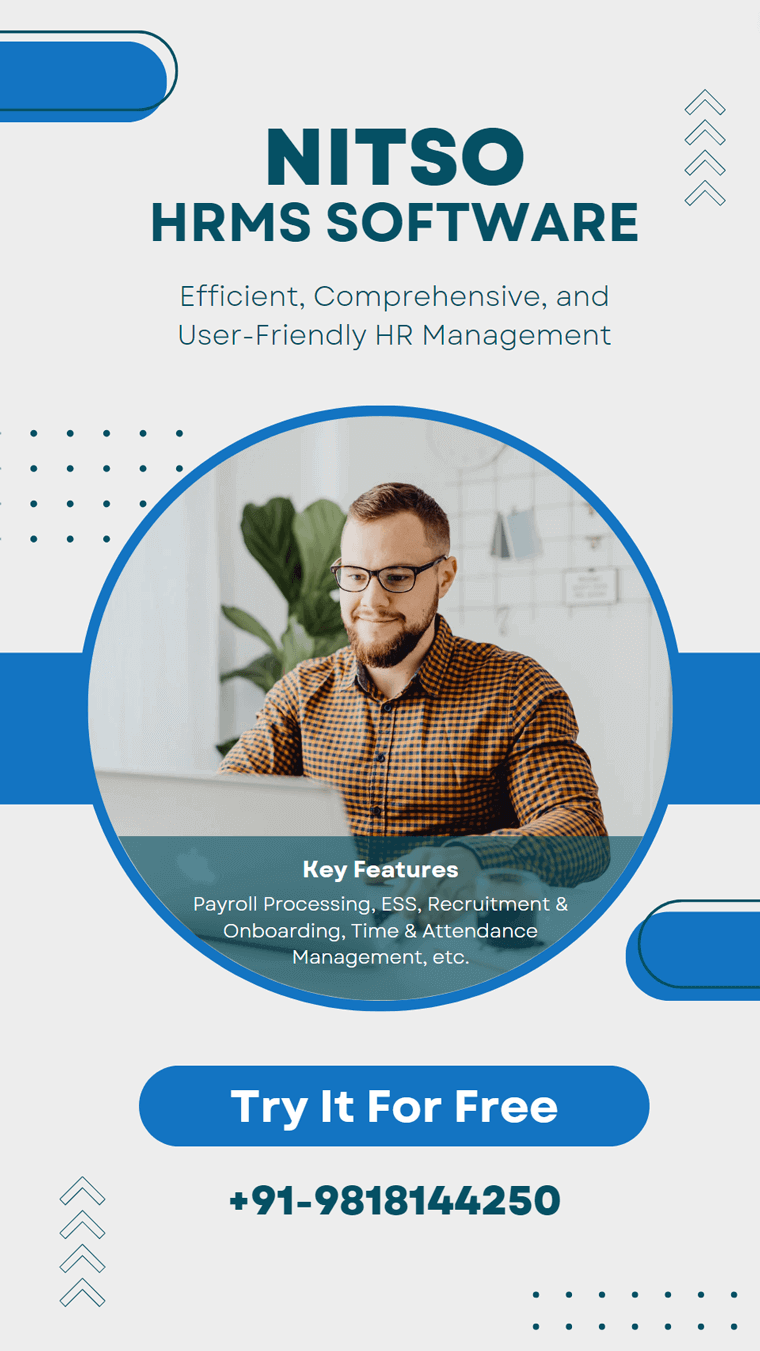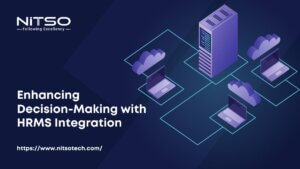A seven-step plan for selecting HRMS (Human Resources and Payroll Management Software) that meets your company’s needs now – and in the future
Table of Contents
The Need for Automation
Automating workforce management using integrated HR and payroll software is imperative for companies that want to control costs by increasing efficiency, reducing the risk associated with errors, and securing their place in a competitive talent market.
A Roadmap for Successfully Selecting HRMS
Selecting HRMS solution that meets your company’s needs – doesn’t need to be daunting. With a bit of pre-planning and a methodical approach to due diligence, you can quickly narrow your choices to create a technology shortlist that is deserving of further evaluation.
Although there are many variables that go into making a final decision, this discussion outlines seven key steps to evaluating HRMS solutions to integrate your critical HR and payroll processes. By using these seven steps as your initial evaluation roadmap, you will increase your chances of successfully achieving your HR and payroll automation goals and selecting the system that provides the best overall value.
Step #1: Set Realistic Goals for Your Search
Before researching HRMS solutions, it’s important to set basic goals and guidelines for your new technology initiative. You should establish a way to define the initiative as successful. In other words, what do you hope to achieve with an automated workforce management solution? If you don’t establish your desired end results, it will be difficult to assess whether your goals are realized.
Step #2: Map Your HR and Payroll Processes
Process mapping is a great time to create your “wish list” of functionality that will make your job easier and more productive.
When mapping each process, define what the process does, who it involves and the steps required to complete the task. Highlight areas of duplicate effort and note how the process contributes to the overall department workflow.
Step #3: Define High-Level Functionality Needs
Identifying the core functionality needed to automate the processes mapped in Step #2 is next.
Define your needs at a high level. Some examples include:
- Benefits management and administration
- Employee self-service function
- Compliance reporting
- Attendance tracking
- Comprehensive payroll management, including complex tax calculations, deductions, and benefits
- User-based data security with the protection of sensitive information
- Audit trails for all entries and transactions
- The ability to move closer to a near-paperless workflow
- Data import and export capabilities
- Comprehensive reporting
Step #4: Establish Reporting Requirements
Look for an HRMS solution that has a significant number of preformatted reports (with user-defined sorting and presentation features) that will meet most of your standard detail and summary reporting requirements. In addition, make sure that the program has a built-in custom report writer or is compatible with software such as Crystal Reports® so you can design the additional reports needed to satisfy your company’s unique reporting needs.
Step #5: Identify Forward-Looking Technology
If you want this conversion to new HRMS solutions to truly be your last, align with a solution provider that has documented plans to continually enhance its products to meet the ever-changing requirements of today’s business environment. In short, find out what capabilities are currently in development or planned for the near future.
Step #6: Evaluate the Vendors as Technology Partners
Although it may be tempting to choose an HRMS based on a number of installations or market share, these factors don’t guarantee success. A large company with tens of thousands of clients (or more), for example, may have problems meeting even your most basic customer service requirements. That’s why you should thoroughly evaluate vendors to determine what kind of technology partners they will make over time.
Step #7: Determine the Best Overall Value
To truly define value as it relates to your organization, you need to identify the key, time-intensive functions within your company’s current HR and payroll operations that would benefit most by automation. These functions might include:
- Manually creating reports or enrolling employees in benefits programs
- Frequently reconciling payroll processing errors or manually managing payroll taxes
- Duplicating data entry to keep your time-keeping or systems up-to-date
Once your key functions are identified, calculate a dollar value associated with each one. For example, if Key Function #1 takes three hours a day to complete manually, at a conservative, fully-burdened rate of $27 an hour, that task is costing over $400 per week.
If by automating that task, you can save two hours a day or more, then you have a measurable return on investment (ROI).
Next Steps…
If you’re diligent about following the steps outlined above, by the time you complete step #7 you should have a better understanding of the integrated HRMS solutions that are on the market and the two or three products that are best suited to meet your needs.
The demo phase is when the rubber meets the road, so to speak, and you get to experience how each to shortlist solution would drive your HR and payroll processes. By fully engaging in the demo process, a clear winner should emerge. Visit the following link to read more about Nitso HRMS System, and Nitso Payroll Software.








0 Comments